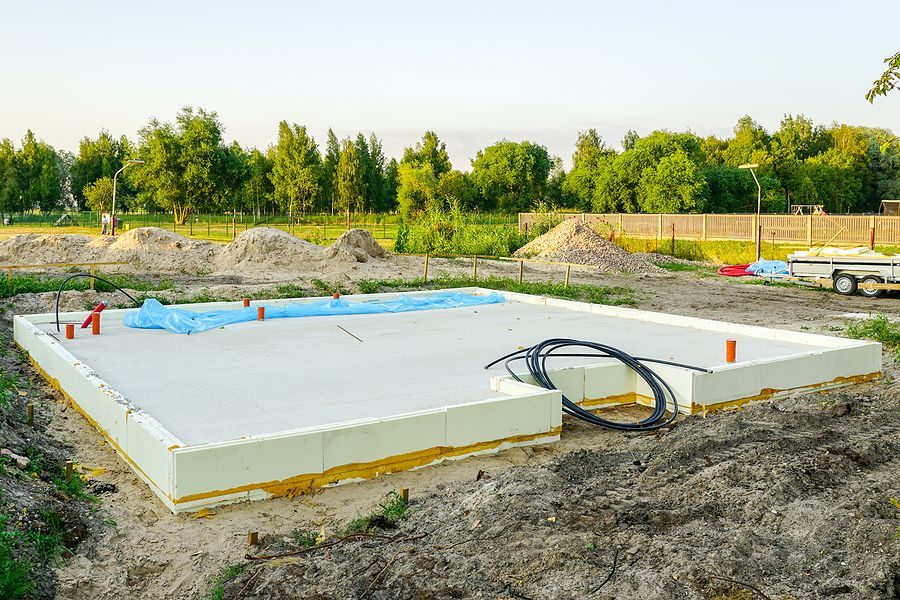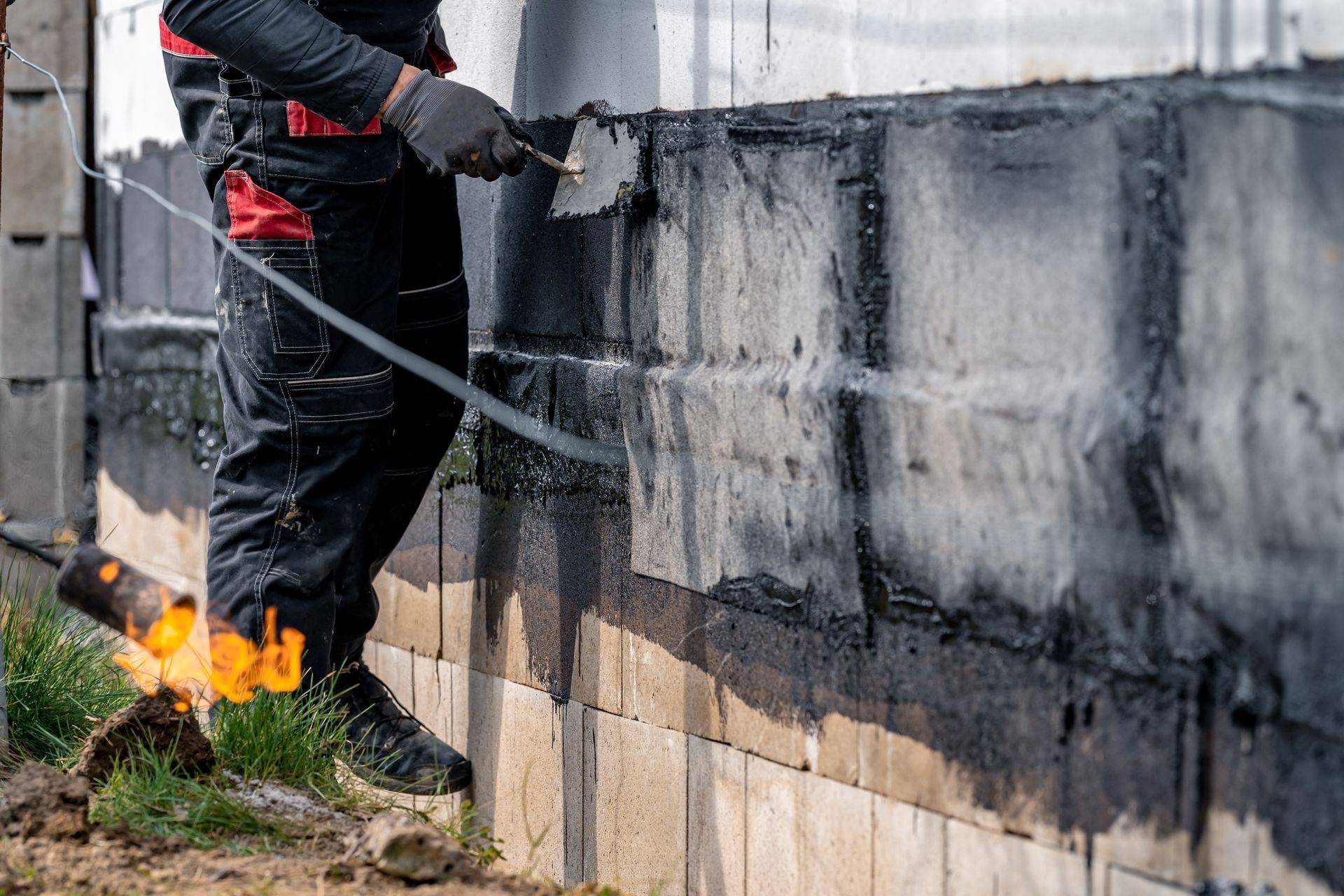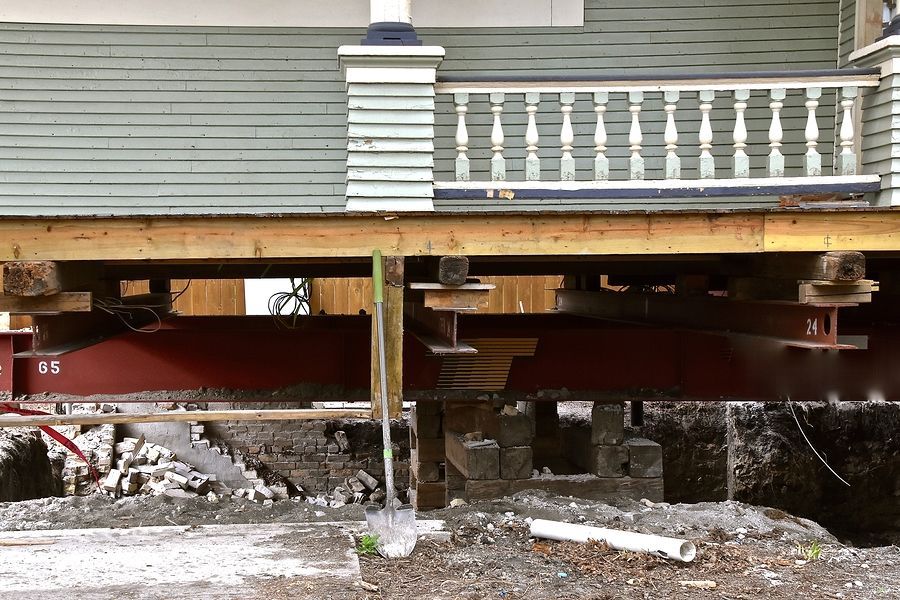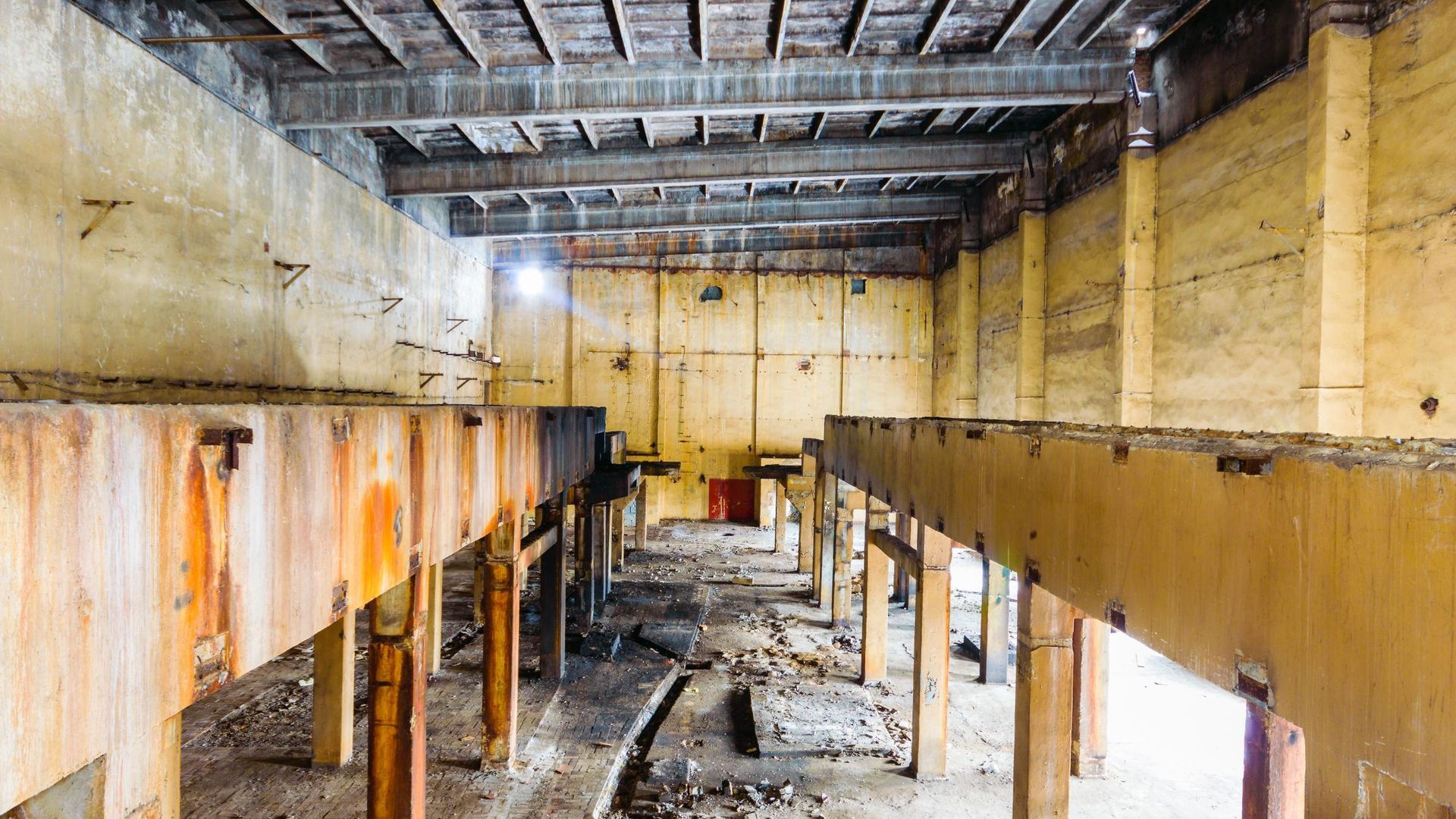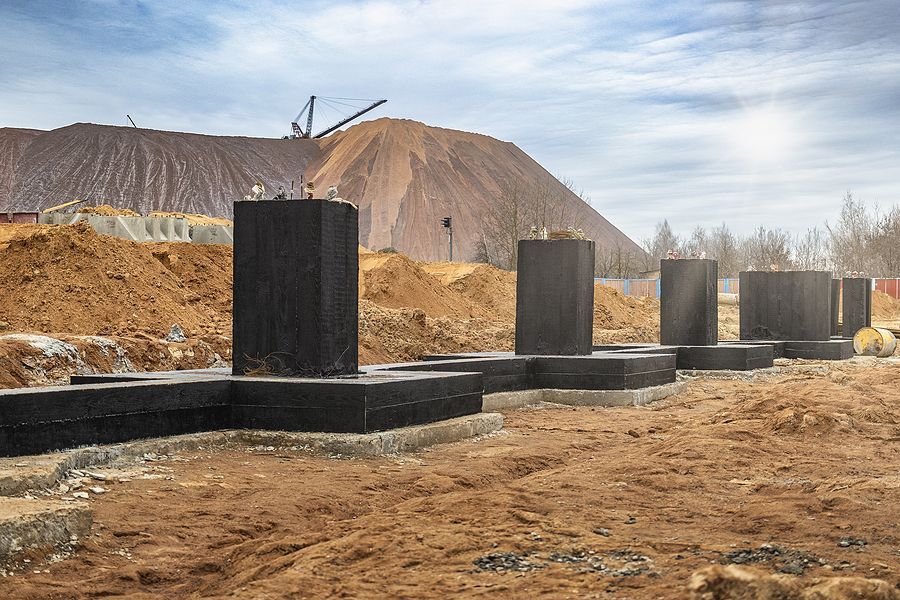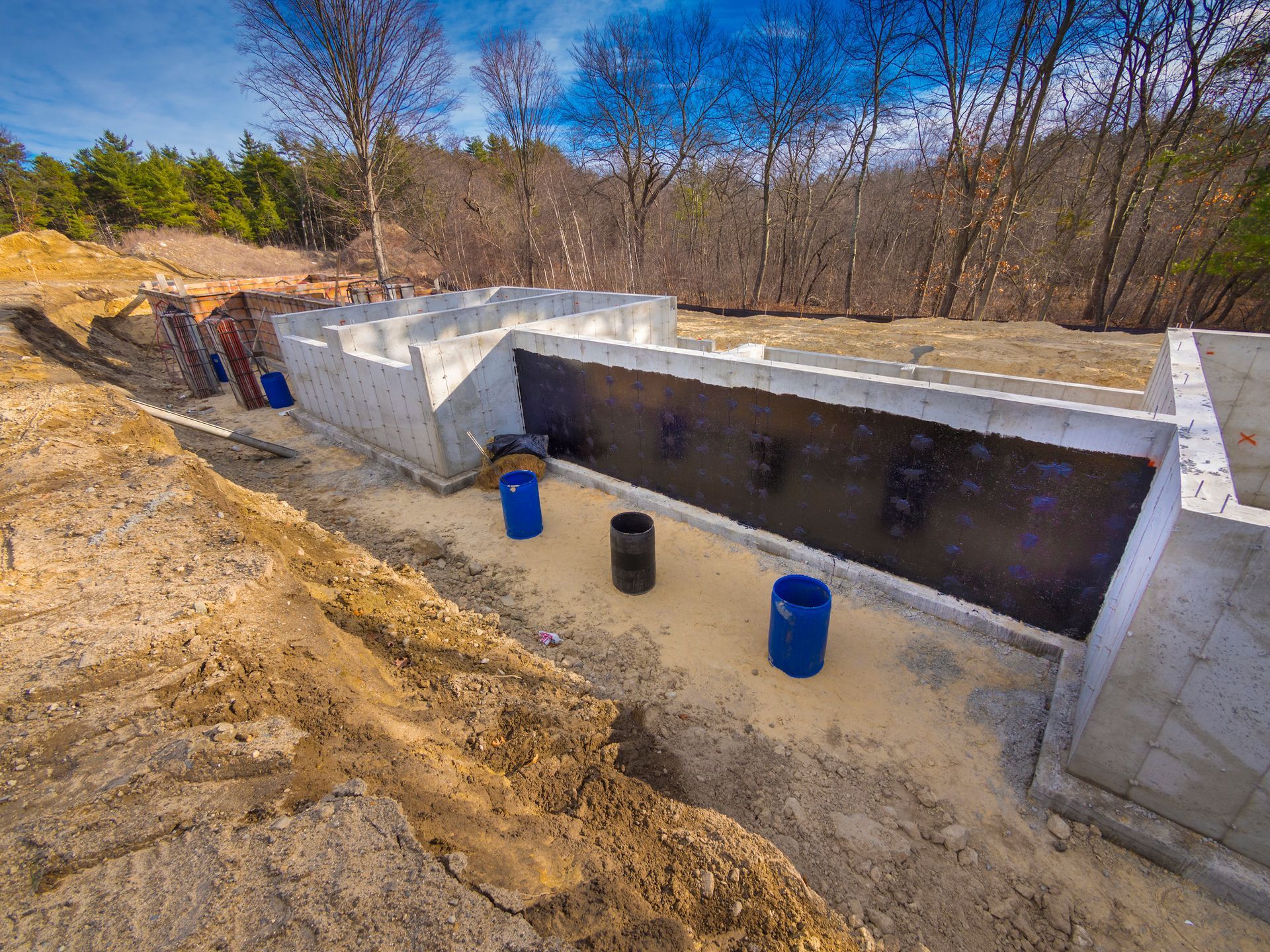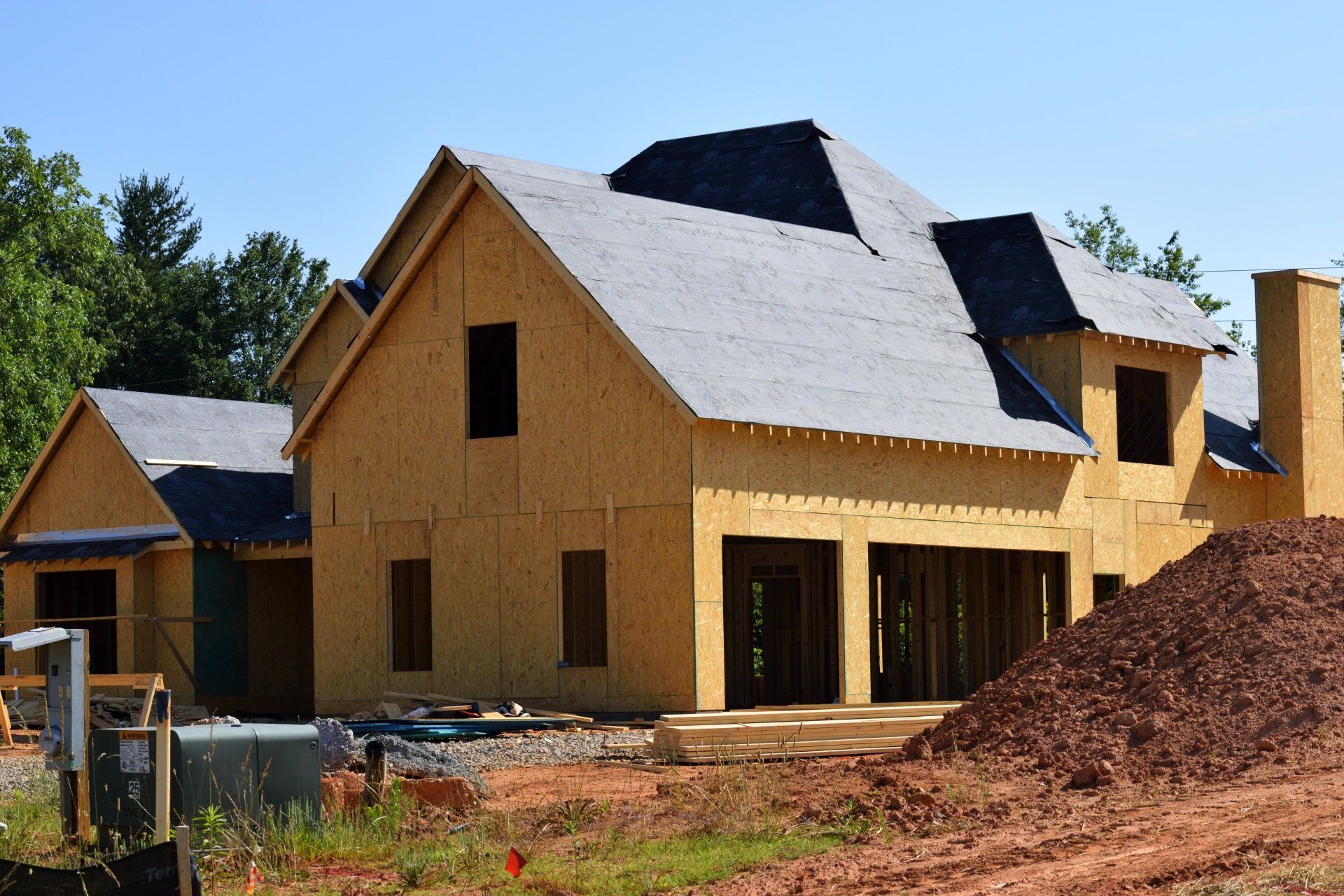
A Comparative Analysis: Traditional vs. Modern Waterproofing Techniques
"Bridging the Past and Present: Exploring Evolutions in Waterproofing Methods"
Waterproofing has always been a fundamental aspect of construction, ensuring that structures remain safe, dry, and protected from potential water damage. As technology has evolved, so too have the methods we use to waterproof our buildings. In this article, we'll conduct a comparative analysis of traditional and modern waterproofing techniques, exploring their advantages, applications, and effectiveness.

Traditional Waterproofing Techniques
Traditional methods have been used for centuries and have proven their worth. Let's dive into these classic waterproofing techniques.
Bituminous Waterproofing:
Derived from bitumen, this technique involves the use of a mixture of coal-tar pitch with sand or gravel. It was especially popular for waterproofing foundations and low-sloped roofs.
Cementitious Waterproofing:
This is one of the most common types of waterproofing, especially for internal areas like bathrooms. It involves using a cement-based compound to provide a waterproof layer.
Mud Phuska:
Predominantly used in rural areas, it involves applying a layer of mud, followed by a layer of cow dung, ensuring a seal against rainwater.
Modern Waterproofing Techniques
As the construction industry has evolved and the demand for more efficient and long-lasting methods grew, several modern waterproofing techniques have emerged.
Liquid Waterproofing Membrane:
This technique involves the application of a thin layer of primer coat followed by two topcoats using a brush or roller. This method is flexible and, when cured, forms a rubber-like waterproof coating on the surface.
Polyurethane Liquid Membrane:
Suitable for flat roofs, this waterproofing method for roofs offers higher flexibility. It's especially good for areas that experience more thermal expansion and contraction.
Silicone-based Waterproofing:
Silicon is inherently water-resistant. Modern techniques using silicone sealants and coatings have become increasingly popular for waterproofing repair, particularly on external surfaces.
Comparative Analysis: Advantages and Drawbacks
Longevity and Durability:
While traditional methods have served buildings for decades, modern techniques, with advanced waterproofing materials, tend to have a longer lifespan and can better withstand the challenges of fluctuating temperatures and harsh climatic conditions.
Application:
Traditional methods, like cementitious waterproofing, are labor-intensive and might not be uniform due to manual application. In contrast, methods like liquid membranes offer a more seamless and consistent application.
Versatility:
Modern techniques have been developed to cater to a diverse range of surfaces, from waterproofing methods for roof to walls. While traditional methods were limited, today's solutions can address various challenges, from waterproofing and foundation repair to more niche needs.
Maintenance and Repair:
Traditional methods, when damaged, often require significant effort for waterproofing repair. Modern methods, on the other hand, are often easier to repair, with solutions designed for easy patch-up jobs.
Cost:
Initial costs for some modern waterproofing techniques might be higher than their traditional counterparts. However, when considering longevity and reduced maintenance needs, modern methods can often be more cost-effective in the long run.
Finding the Right Expertise: “Waterproofing Near Me”
Regardless of the method chosen, it's essential to work with professionals experienced in the specific technique. If you're looking for local expertise, a simple "waterproofing near me" search can yield valuable results, helping you find experts familiar with both traditional and modern techniques suitable for your specific requirements.
Conclusion
Both traditional and modern
waterproofing techniques have their place in the realm of construction. While traditional methods have the weight of history and proven efficacy behind them, modern methods offer innovations that cater to today's construction challenges. Factors like the type of structure, geographic location, budget, and specific waterproofing needs—whether it's for walls, roofs, or foundations—will determine the best approach. Ultimately, the goal remains unchanged: to create structures that are safe, dry, and stand the test of time.
Orlando Foundation Repair Pros
(407) 289-0744

